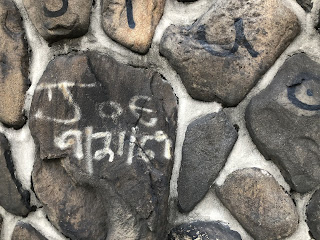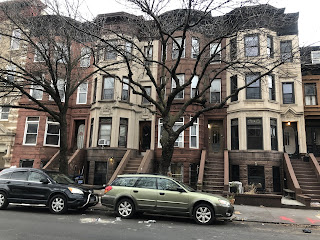Last week, the United Kingdom's "divorce" from the European Union, commonly called "Brexit," took effect. Not surprisingly, this has affected the country's bicycle business--though, in some instances, in unintended ways.
Anyone who has ever reported on business and finance will tell you, "The markets don't like uncertainty." The stock exchanges, whether in New York or London or Tokyo, usually fall when traders don't know who will be in offices or what policies will or won't be in place. And businesspeople don't like to make investments when a change in a law could adversely affect them.
So it's no surprise that, for the time being, Canyon, based in Germany, stopped shipping bikes to the UK on 19 December. A message on the company's website says that this stoppage will continue at least until Monday the 11th and is a result of "changes in tariffs and logistics in clearing points of entry into the UK."
In other words, Canyon wants more clarity--more certainty--about the UK's new policies on imports from the EU. So does Campagnolo, which has suspended all deliveries to the UK as the Italian component and wheel maker is "awaiting for EU dispositions in regards to the Brexit situation."
Now, it makes sense that because Italy is part of the EU, Campagnolo would want more certainty about Brexit-induced shipping and tariff regulations before sending its derailleurs and brakes to Derby or Birmingham. But an Italian wish for clarity about policies is also delaying or halting deliveries of at least one British company's products--including what might be the most iconic English bike part of all.
Brooks leather saddles, including the B-17, Professional and Swift, are still made in England. They are, however, shipped to a distribution center in Italy--where Brooks' parent company, Selle Royal, is based. (SR purchased Brooks in 2002.) From there, orders are shipped worldwide--including to UK customers.
 |
| You can buy this--as long as you don't want it delivered to you in England! |
That is, at least, how things work in normal (whatever that means anymore) times. But for the time being, "ongoing changes in the Brexit situation have made it necessary to suspend all new orders from brooksengland.com to the UK." The company's website doesn't give a timeline as to when shipments to UK customers might resume.











